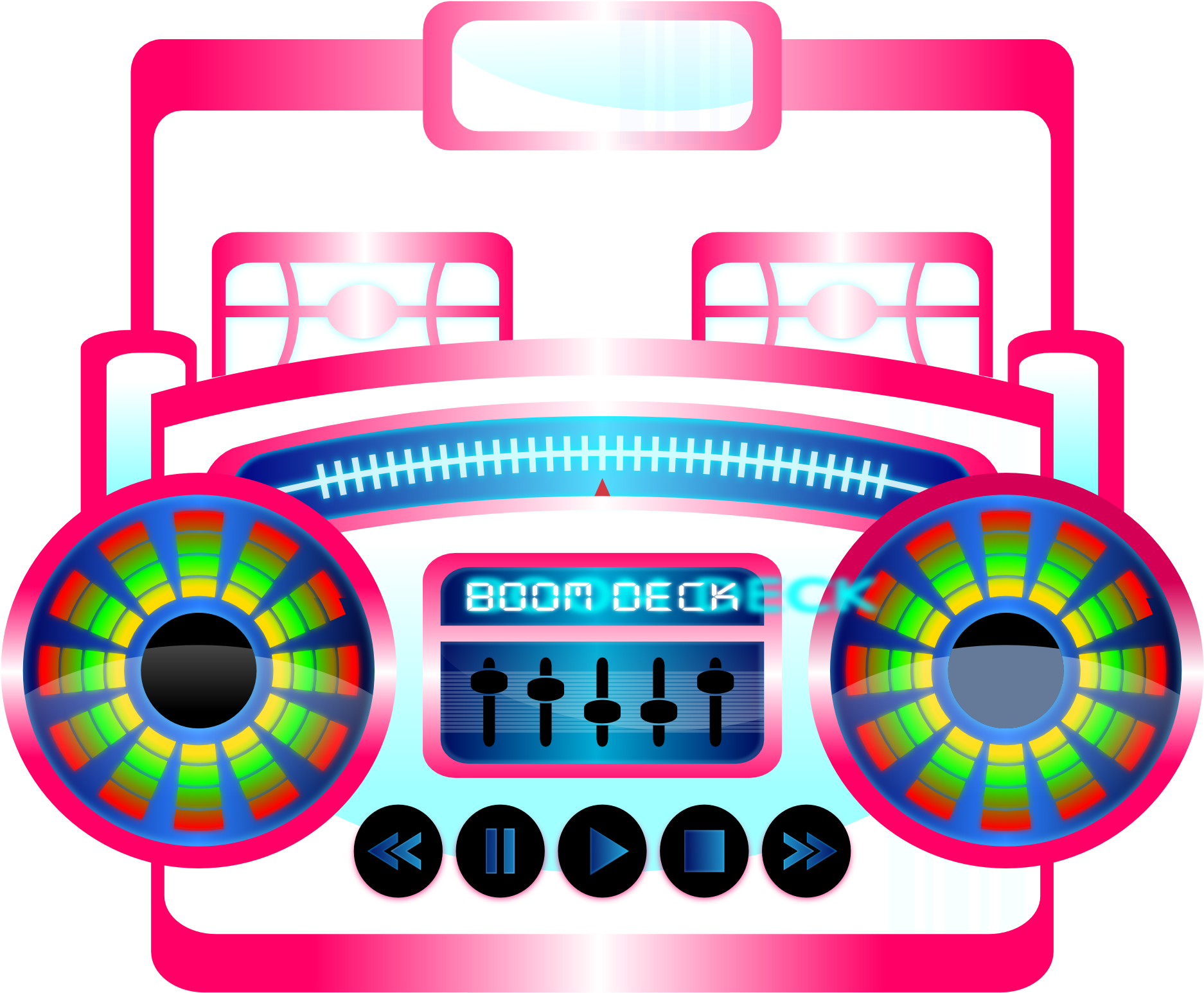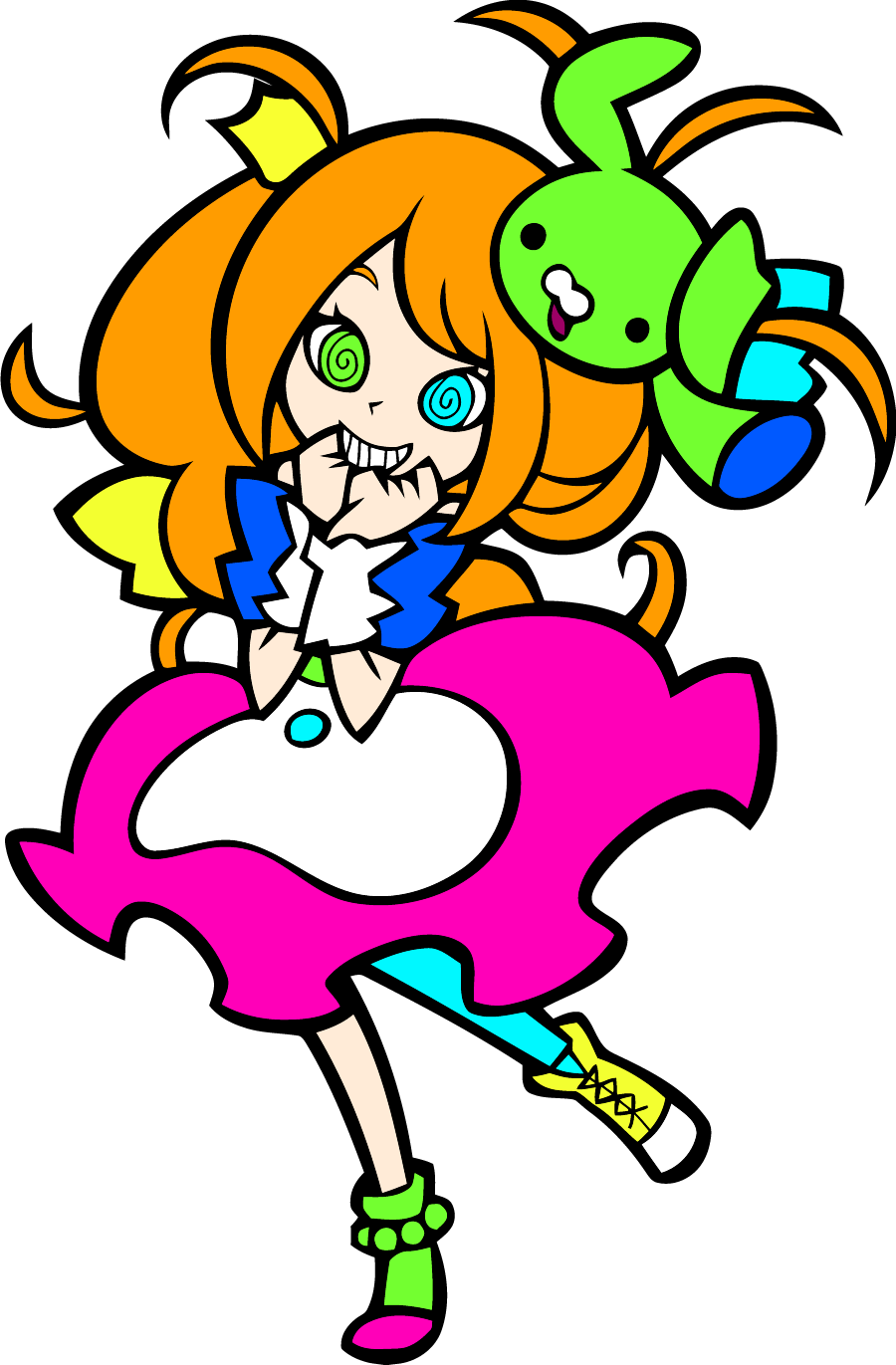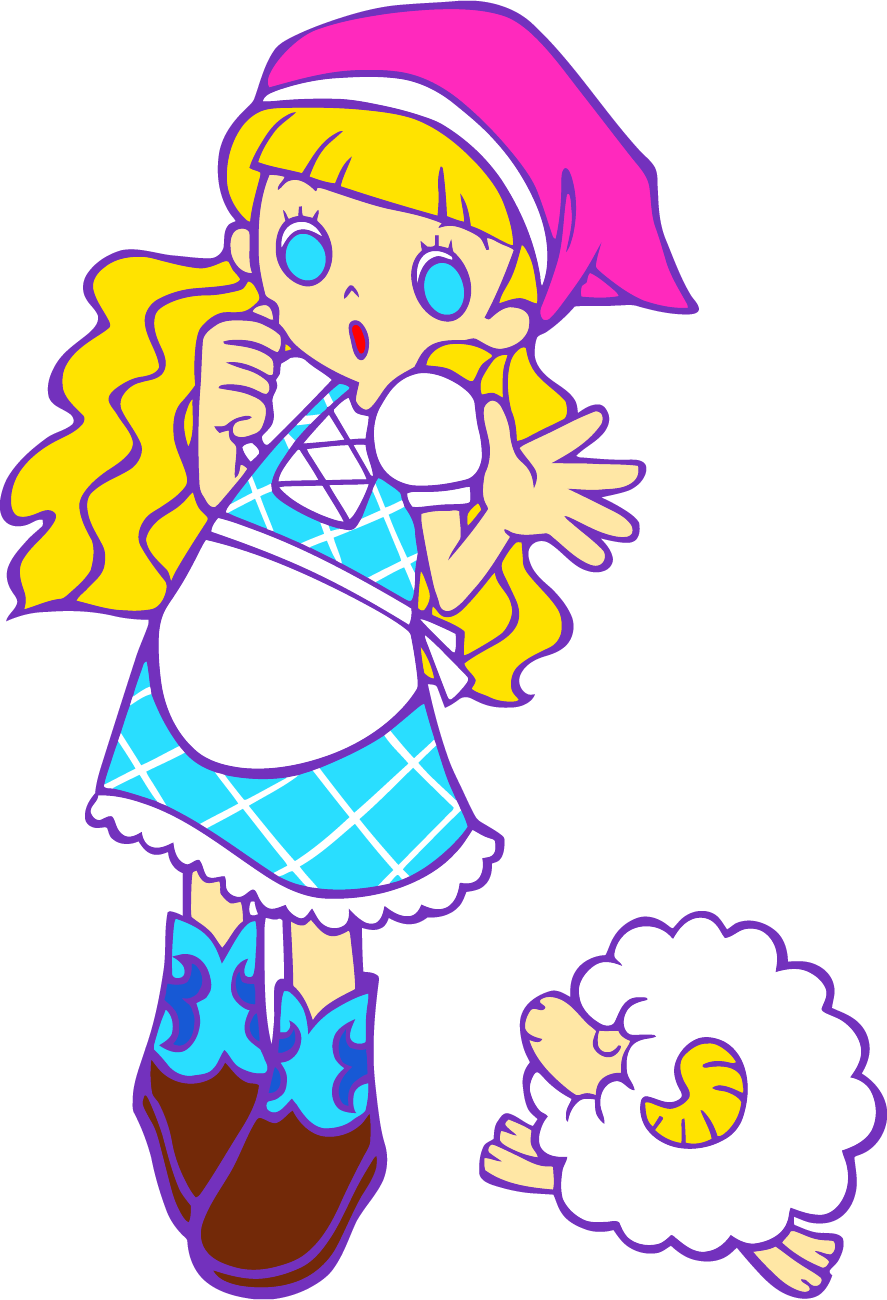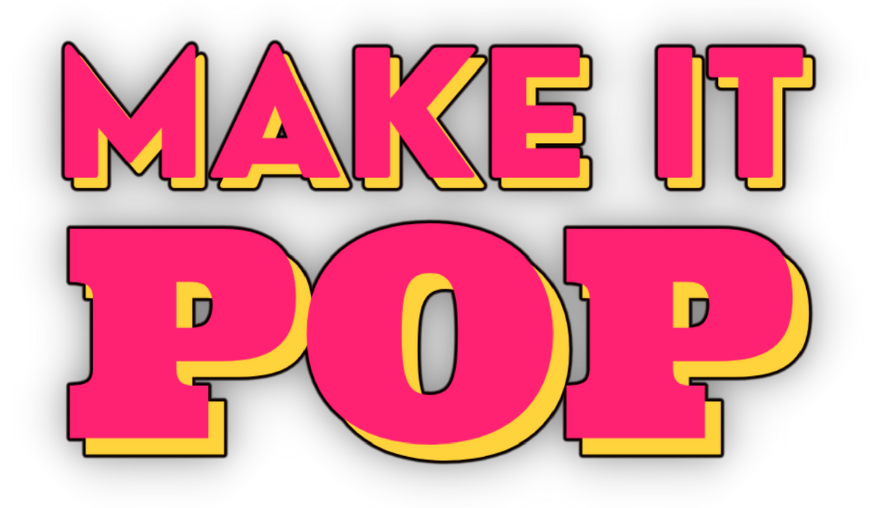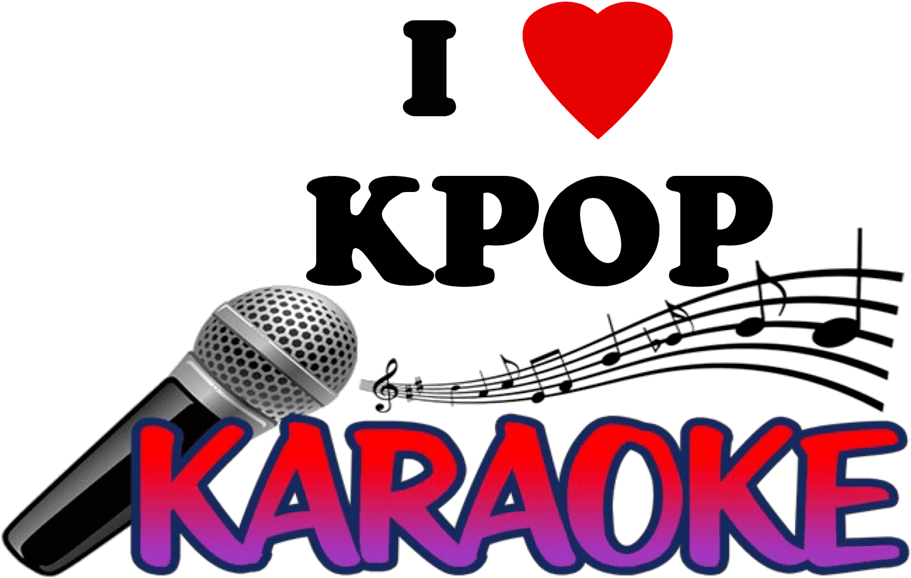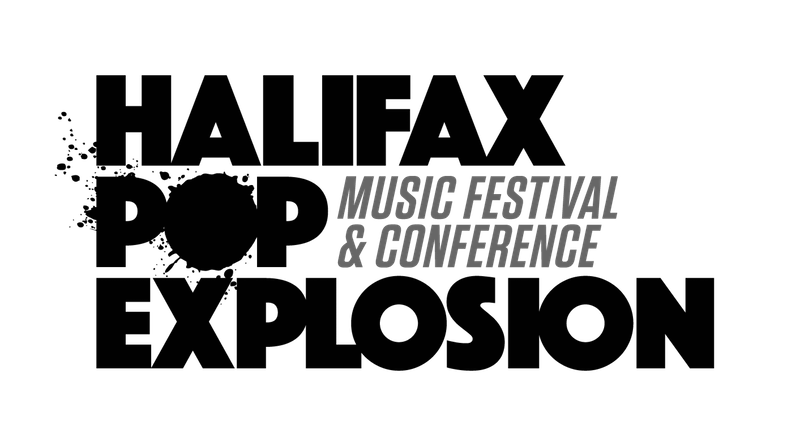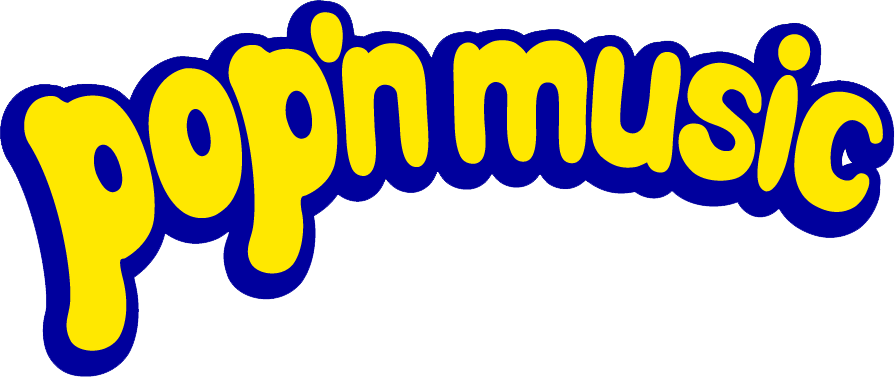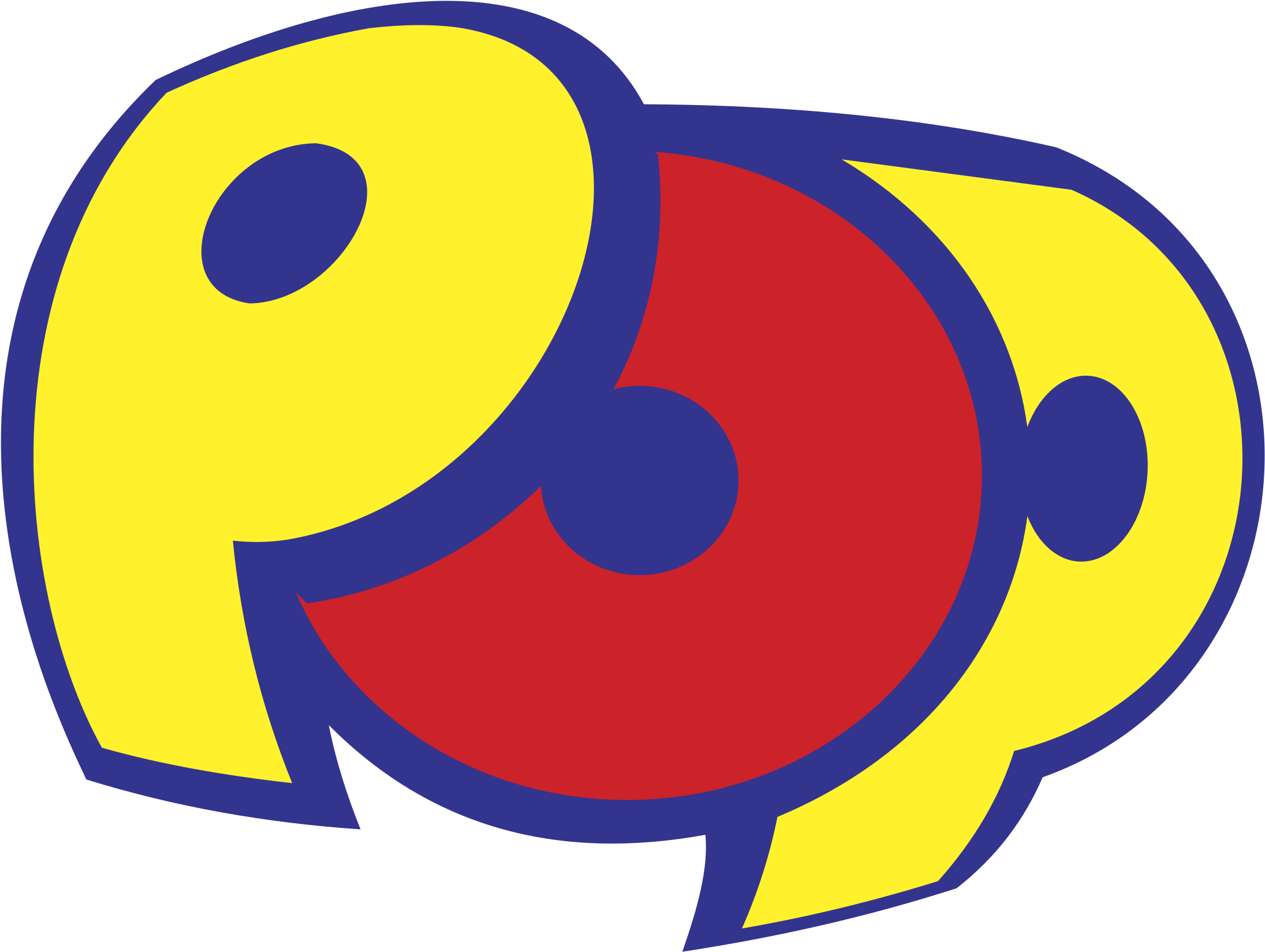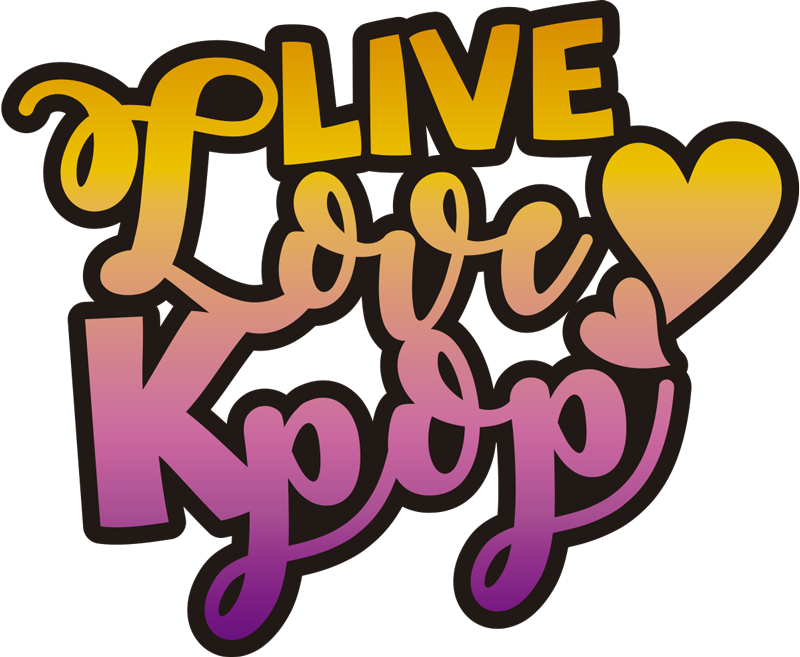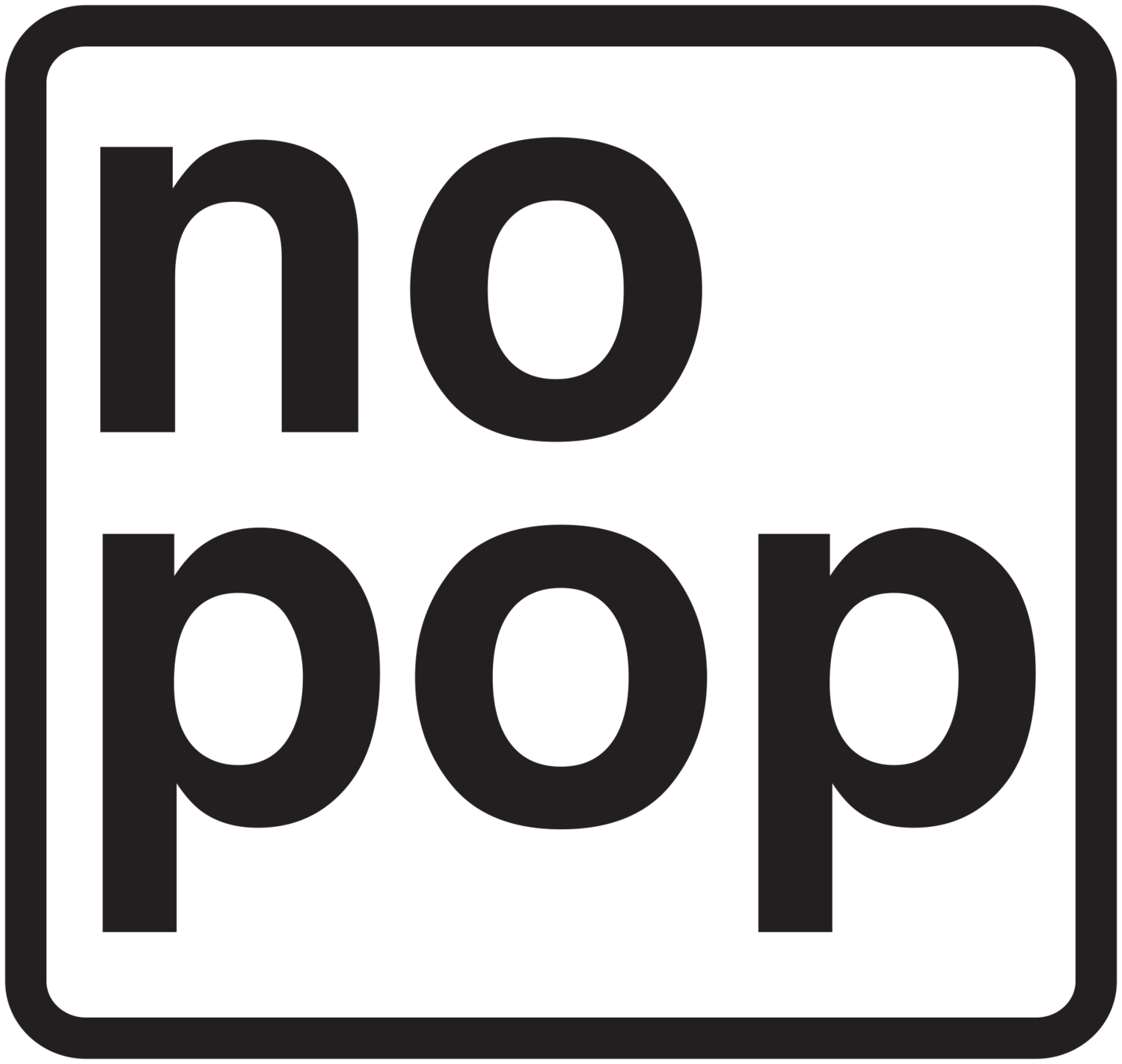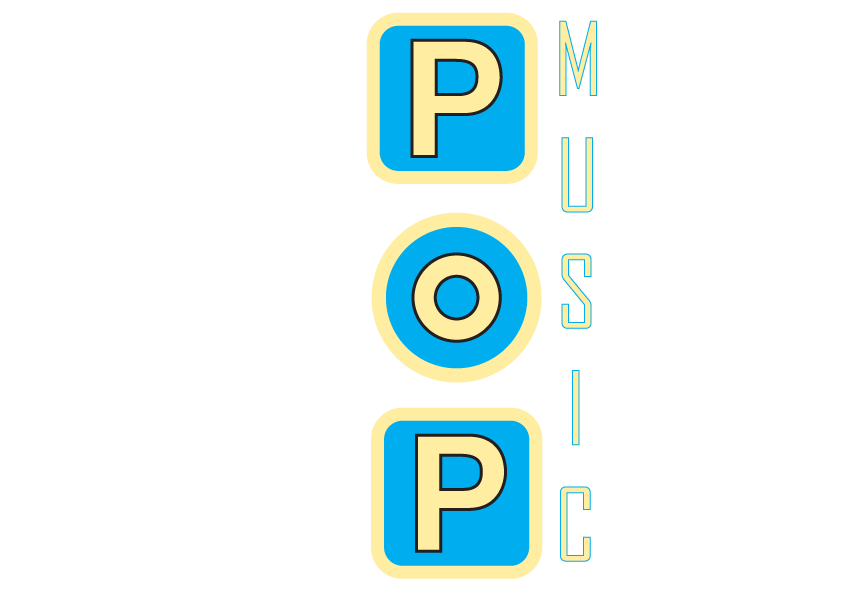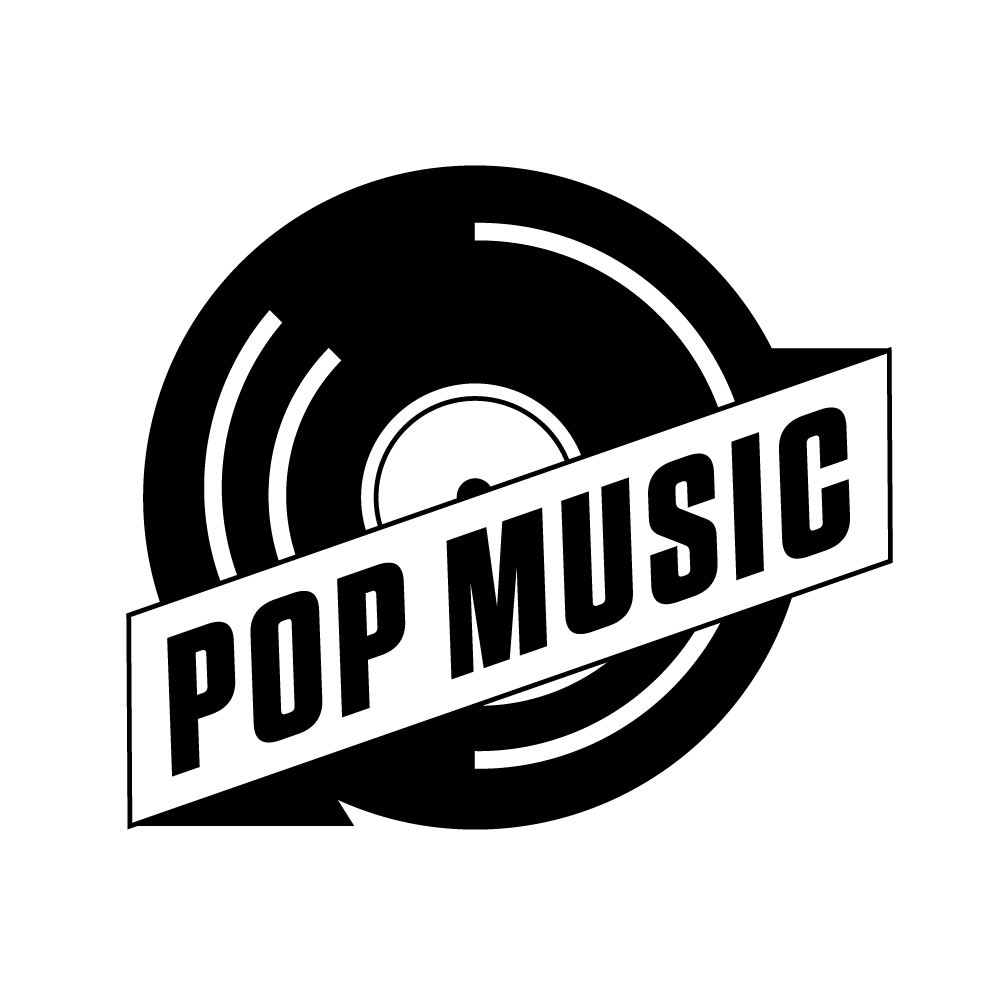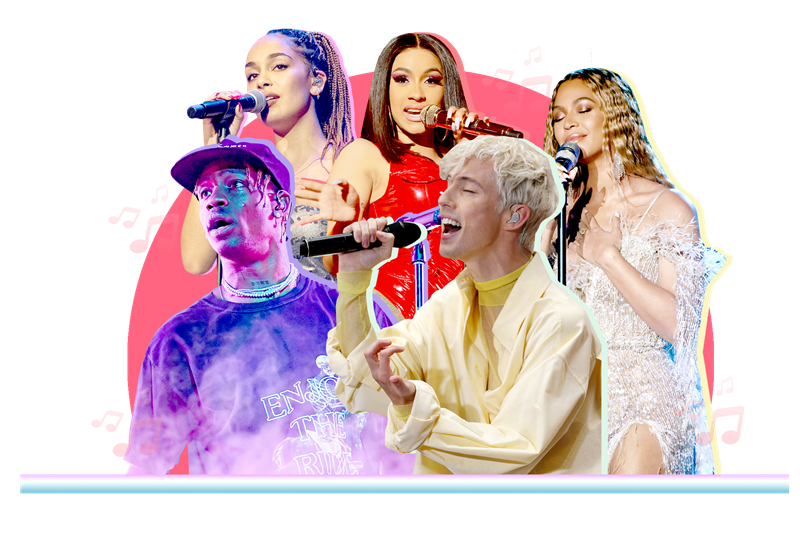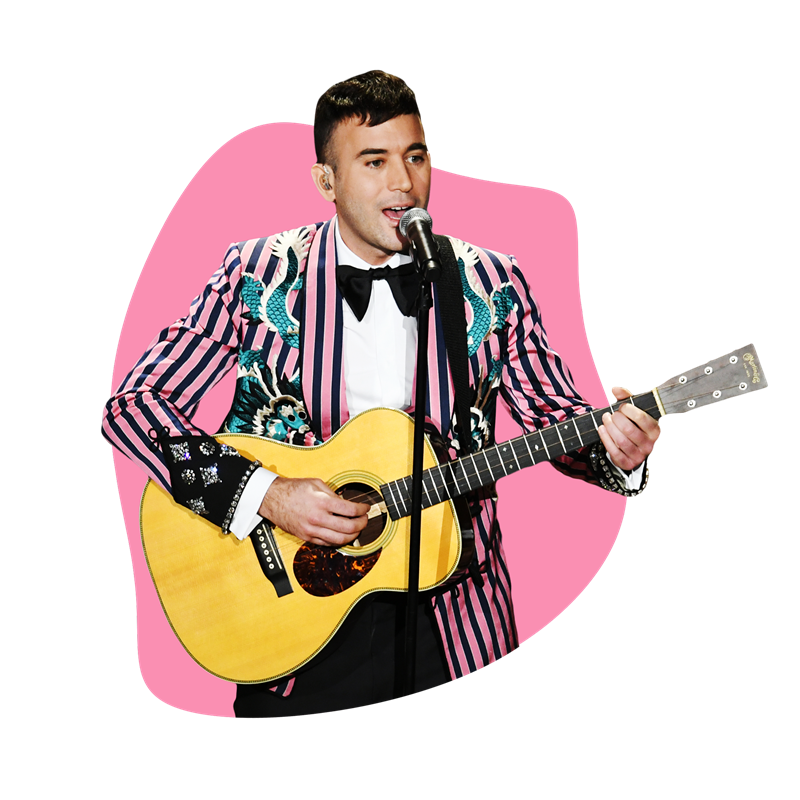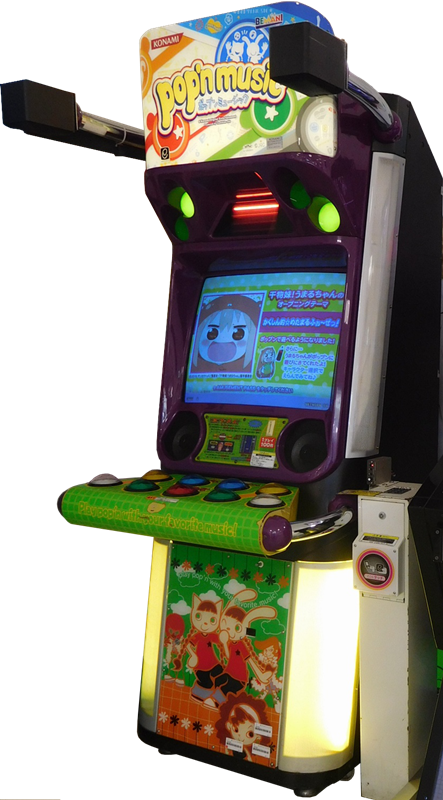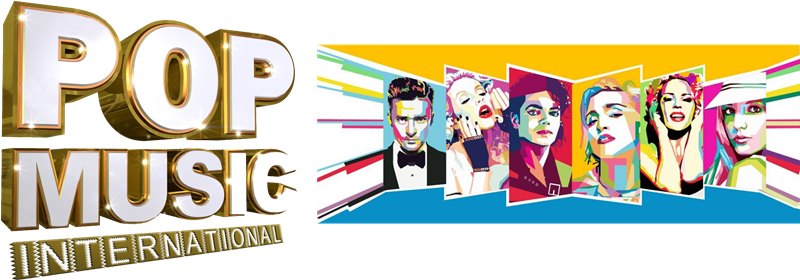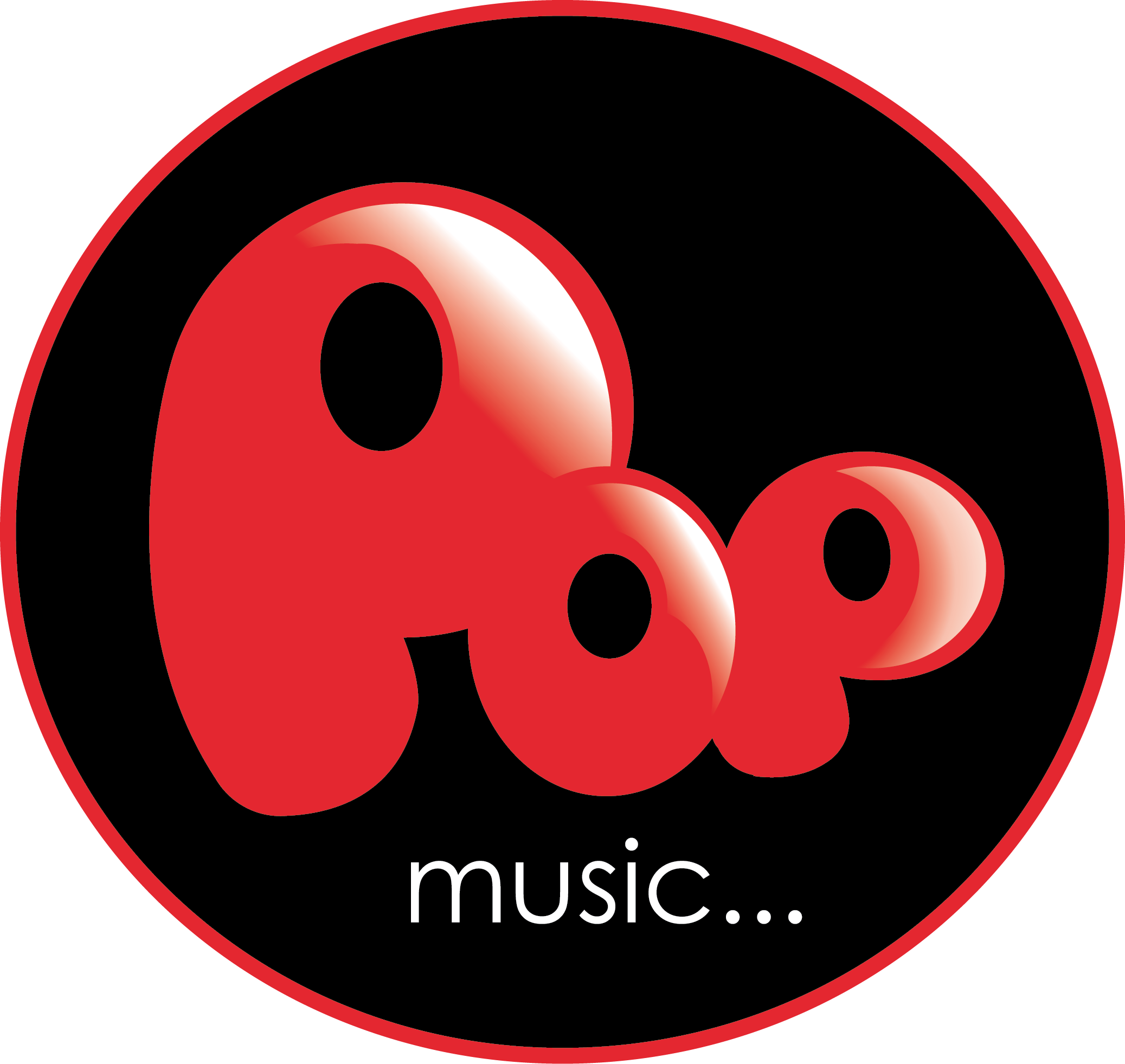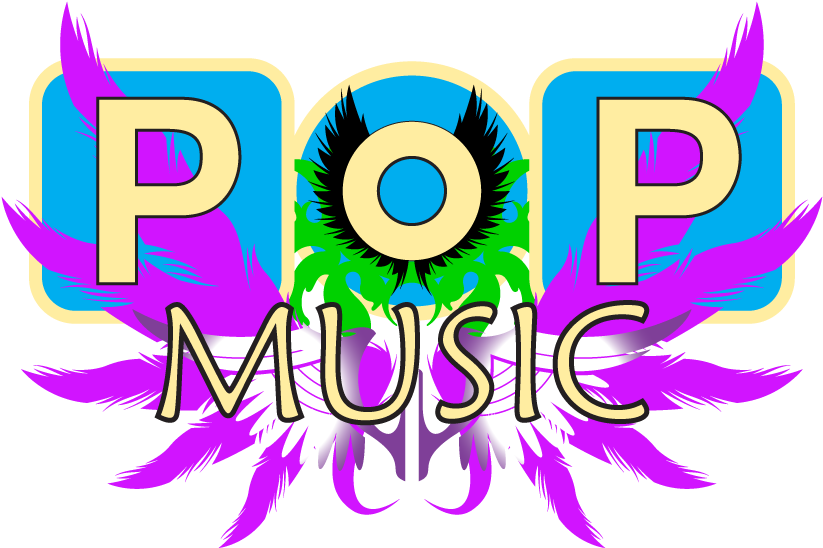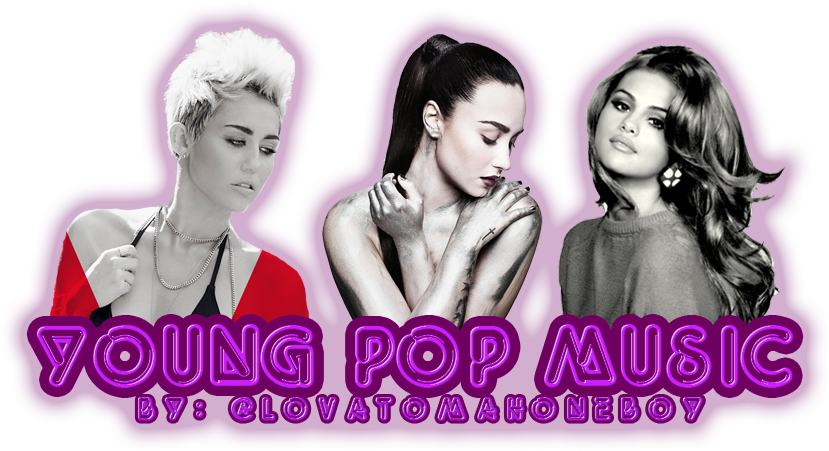Download top and best high-quality free Pop PNG Transparent Images backgrounds available in various sizes. To view the full PNG size resolution click on any of the below image thumbnail.
License Info: Creative Commons 4.0 BY-NC
Pop art is a type of art in which everyday things (such comic strips, soup cans, road signs, and hamburgers) are utilized as subject matter and are frequently physically included into the piece.
The Pop art movement was primarily a British and American cultural phenomena of the late 1950s and early 1960s, and was called by art critic Lawrence Alloway in reference to the painting and sculpture’s simple iconography. Pop artists like Roy Lichtenstein, Andy Warhol, Claes Oldenburg, Tom Wesselman, James Rosenquist, and Robert Indiana, as well as David Hockney and Peter Blake from the United Kingdom, were known for portraying any and all parts of popular culture that had a significant effect on current life.
Their iconography, which was derived from television, comic books, movie magazines, and all forms of advertising, was presented emphatically and objectively, without praise or condemnation but with overwhelming immediacy, and through the precise commercial techniques employed by the media from which the iconography was derived.
After the supremacy of very personal Abstract Expressionism in both the United States and Europe, Pop art was an attempt to revert to a more objective, generally accepted style of art. It was also iconoclastic, opposing the past’s “high art” domination as well as the pretensions of other current avant-garde art. Pop art became a cultural event as a result of its intimate representation of a certain social context and the mass media’s quick adoption of its easily understandable imagery.
Although detractors regarded Pop art as vulgar, spectacular, non-aesthetic, and a joke, its proponents (a small but vocal group in the art world) viewed it as a democratic and non-discriminatory form of art that brought together connoisseurs and unskilled spectators.
In their works, most Pop artists aimed to an impersonal, urbane attitude. Some Pop art, like Oldenburg’s drooping items and Warhol’s repetitive repeats of the same basic image, are discreetly socially critical, while others, like Segal’s enigmatic, lonely tableaux, are unabashedly expressionistic.
American Pop art tended to be iconic, nameless, and confrontational; English Pop art, on the other hand, was more subjective and referential, expressing a romantic perspective of Pop culture, maybe influenced by England’s geographic distance from it. Technology and popular culture were largely dealt with by English Pop musicians as topics, even metaphors; nevertheless, some American Pop artists seemed to live these concepts. For example, Warhol’s slogan was “I believe everyone should be a machine,” and he attempted to create works that a machine would have created.
Pop art has gained critical acclaim as a type of art that is well adapted to Western countries’ highly technical, mass-media-oriented societies. Although it was first dismissed by the public, by the end of the twentieth century it had established itself as one of the most well-known art trends.
Download Pop PNG images transparent gallery.
- Pop Music PNG Image
Resolution: 1874 × 1546
Size: 1357 KB
Image Format: .png
Download
- Pop Music Logo PNG Image
Resolution: 996 × 994
Size: 201 KB
Image Format: .png
Download
- Pop Music Transparent
Resolution: 900 × 1371
Size: 139 KB
Image Format: .png
Download
- Pop Music Logo Transparent
Resolution: 1026 × 729
Size: 40 KB
Image Format: .png
Download
- Pop Music PNG Clipart
Resolution: 887 × 1300
Size: 173 KB
Image Format: .png
Download
- Pop Music PNG Free Download
Resolution: 640 × 1246
Size: 208 KB
Image Format: .png
Download
- Pop Music Logo PNG Clipart
Resolution: 875 × 508
Size: 193 KB
Image Format: .png
Download
- Pop Music PNG Picture
Resolution: 911 × 578
Size: 101 KB
Image Format: .png
Download
- Pop Music PNG Free Image
Resolution: 800 × 434
Size: 88 KB
Image Format: .png
Download
- Pop Music PNG File
Resolution: 900 × 900
Size: 18 KB
Image Format: .png
Download
- Pop Music Logo PNG Free Download
Resolution: 895 × 377
Size: 16 KB
Image Format: .png
Download
- Pop Music Logo PNG Picture
Resolution: 1200 × 1248
Size: 25 KB
Image Format: .png
Download
- Pop Music PNG HD Image
Resolution: 1506 × 1894
Size: 175 KB
Image Format: .png
Download
- Pop Music PNG Pic
Resolution: 2284 × 3100
Size: 717 KB
Image Format: .png
Download
- Pop Music Logo PNG Free Image
Resolution: 2191 × 1649
Size: 129 KB
Image Format: .png
Download
- Pop Music Logo PNG File
Resolution: 3000 × 3000
Size: 1637 KB
Image Format: .png
Download
- Pop Music Logo PNG HD Image
Resolution: 1140 × 350
Size: 77 KB
Image Format: .png
Download
- Pop Music Logo PNG Pic
Resolution: 1280 × 288
Size: 37 KB
Image Format: .png
Download
- Pop Music Logo PNG Download Image
Resolution: 800 × 657
Size: 160 KB
Image Format: .png
Download
- Pop Music PNG High Quality Image
Resolution: 1500 × 1422
Size: 70 KB
Image Format: .png
Download
- Pop Music Logo PNG High Quality Image
Resolution: 842 × 595
Size: 20 KB
Image Format: .png
Download
- Pop Music Logo PNG Images
Resolution: 960 × 580
Size: 70 KB
Image Format: .png
Download
- Pop Music Logo PNG Image File
Resolution: 999 × 999
Size: 22 KB
Image Format: .png
Download
- Pop Music Logo PNG Photo
Resolution: 729 × 729
Size: 96 KB
Image Format: .png
Download
- Pop Music PNG Download Image
Resolution: 800 × 533
Size: 649 KB
Image Format: .png
Download
- Pop Music PNG Images
Resolution: 800 × 800
Size: 582 KB
Image Format: .png
Download
- Pop Music Vector PNG
Resolution: 443 × 800
Size: 606 KB
Image Format: .png
Download
- Pop Music Vector
Resolution: 800 × 280
Size: 322 KB
Image Format: .png
Download
- Pop Music Logo PNG Image HD
Resolution: 2075 × 1963
Size: 215 KB
Image Format: .png
Download
- Pop Music PNG Image File
Resolution: 1653 × 1390
Size: 554 KB
Image Format: .png
Download
- Pop Music
Resolution: 823 × 548
Size: 74 KB
Image Format: .png
Download
- Pop Music PNG
Resolution: 829 × 451
Size: 391 KB
Image Format: .png
Download
- Pop Music Logo
Resolution: 958 × 503
Size: 25 KB
Image Format: .png
Download
- Pop Music Logo PNG
Resolution: 1120 × 351
Size: 28 KB
Image Format: .png
Download
